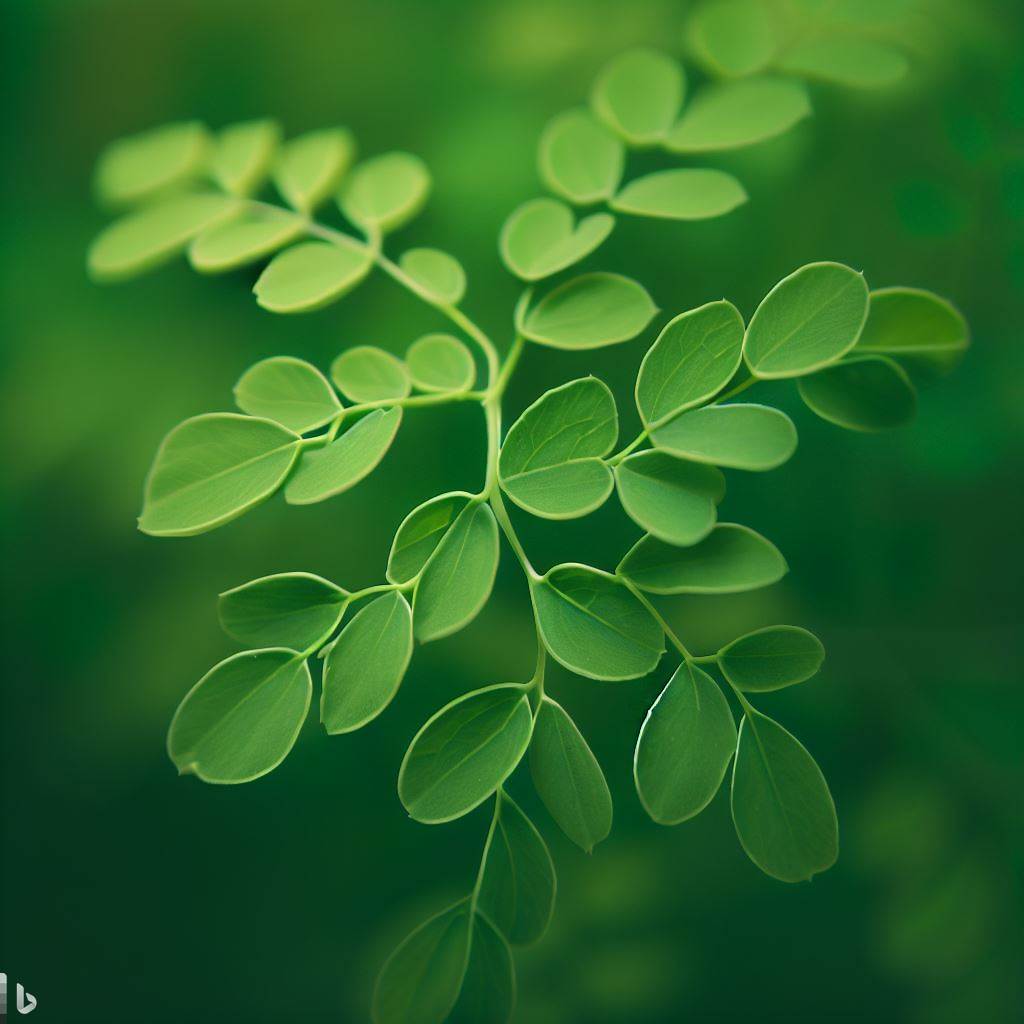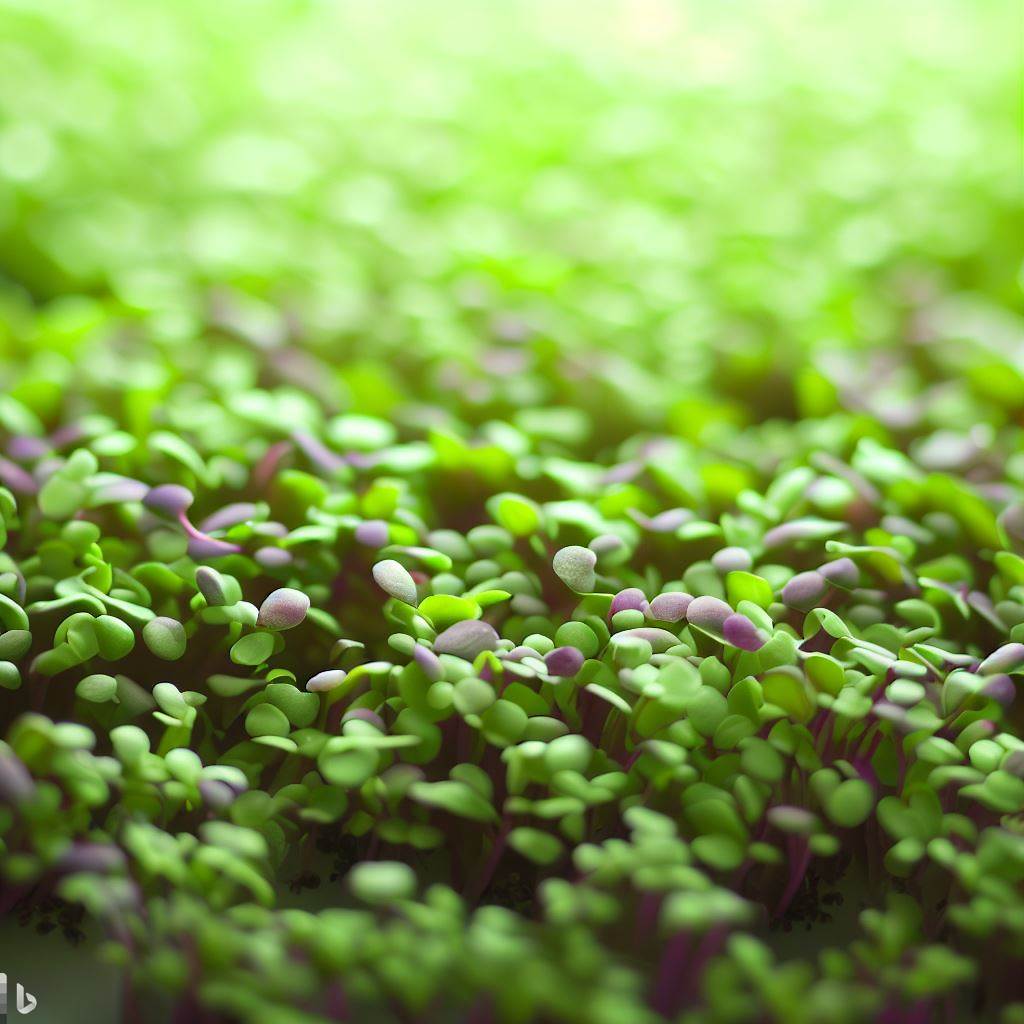Moringa oleifera Cultivation and uses
Moringa oleifera is a very beneficial for humans and animals health. Moringa has the ability to cure over 300 diseases and strengthen immune system against them. Moringa oleifera is called Doctor tree , miracle tree, drum stick tree, horse radish tree and benoil tree. All the parts of the Moringa tree seeds, nuts, leaves, roots, flowers and tubers are edible. The seed pods are picked while still green and eaten fresh or cooked. Leaves are used fresh and dried in shape of grinded powder. Moringa roots (Radish) pickles and curries are cooked. An oil distilled from Moringa seeds, which is sweet. Moringa tree is as useful for humans as it is for animals.
NUTRITION in MORINGA OLEIFERA:
vitamin A, B1, B2 , B3 , B6, C , Calcium, Potassium, Iron, Magnesium, Phosphorus, Zinc, No Cholesterol.
HEALTH BENEFITS of MORINGA OLEIFERA :
Protect from ASTHMA and KIDNEY diseases like STONES, Improve HEMOGLOBIN level, Oil is beneficial for health HAIR, AIR and SKIN, Reduce GLUCOSE in blood and SUGAR and protect in URINE.
High blood pressure, eyes health, bladder, anemia, gastritis, Cancer, ulcer, Liver, Bones health, depression, Digestion, Antibiotics, Antibacterial, Anxiety, Fatigue.
GROWER COUNTRIES of MORINGA OLEIFERA :
Africa , Asia, America, India, Philippines, Latin America, Ethiopia, Sudan, Zambia, Kenya, Caribbean Florida, Ghana, Pacific island, Mozambique and other most countries. Now it is being cultivated in Pakistan as well to last some years.
VERITIES of MORINGA OLEIFERA :
PKM1 is world’s Recognized verity.
FAMILY : Moringaceae
SANTIFIC NAME : Moringa oleifera
RANK: Species
HIGHER CLASSIFICATION : Moringa
Understanding Moringa Oleifera
Moringa oleifera is a fast-growing, deciduous tree that can reach a height of up to 10 meters. It is known for its slender, drooping branches and vibrant green leaves. The tree is valued for its nutritional properties, as it is rich in vitamins, minerals, and antioxidants. Additionally, various parts of the plant, such as the leaves, seeds, and flowers, are used for culinary, medicinal, and industrial purposes.
Climate and Soil Requirements
Moringa oleifera thrives in tropical and subtropical climates, where temperatures range between 25 to 35 degrees Celsius. The plant requires full sun exposure to grow optimally. However, well-drained soils with a pH between 6.0 and 7.0 are ideal for the cultivation of Moringa oleifera.
Propagation Methods
There are several propagation methods for Moringa oleifera, including seeds, cuttings, and air layering. Seeds are the most common method and should be planted directly into the prepared soil. Cuttings, taken from young and healthy branches, can also be used for propagation. Air layering involves creating roots on a branch while it is still attached to the tree before separating it and planting it as a new seedling.
Planting and Spacing
When planting Moringa oleifera seeds, dig holes that are about 30 centimeters deep and wide. Place two or three seeds in each hole, covering them with soil. If using cuttings or air layering, prepare the soil and plant the seedlings accordingly. The spacing between each plant should be approximately 3 to 5 meters to allow adequate sunlight and airflow.
Watering and Irrigation
Moringa oleifera requires regular watering, especially during the first few months after planting. Once the tree is established, it becomes more drought-tolerant and requires less frequent watering. However, during prolonged dry spells, supplemental irrigation may be necessary to maintain plant health and productivity.
Fertilization Techniques
To promote healthy growth and optimum yield, it is essential to fertilize Moringa oleifera plants. Organic fertilizers, such as well-rotted manure or compost, can be applied during the planting stage and as top dressing around the base of the tree. Additionally, a balanced NPK (nitrogen, phosphorus, and potassium) fertilizer can be applied annually to supply essential nutrients to the plant.
Pruning and Training
Pruning is an important practice in Moringa oleifera farming to shape the tree, remove dead or diseased branches, and stimulate new growth. It is advisable to prune the tree during the dormant season to minimize stress. The tree can be trained to a desired shape or form, such as a single-stemmed tree or a multi-branched bush, depending on the intended purpose and management approach.
Pests and Diseases
While Moringa oleifera is generally resistant to pests and diseases, it is not entirely immune. Common pests that may affect the plant include aphids, caterpillars, and whiteflies. Diseases such as powdery mildew and root rot can occur under specific conditions, but proper cultural practices and adequate plant care can minimize their impact.
Harvesting and Post-Harvest Management
Moringa oleifera leaves can be harvested once the tree reaches a height of around 1.5 to 2 meters. Harvesting should be done by cutting the branches with clean, sharp tools to avoid damage to the tree. The seeds can also be harvested when they turn brown and are easily detached from the pods. Post-harvest management involves proper storage and processing of the harvested produce to maintain its quality.
Utilization and Marketing
The various parts of the Moringa oleifera plant offer numerous utilization and marketing opportunities. The leaves are commonly used in cooking, salads, and as a nutrient-rich addition to smoothies and teas. The seeds can be used for oil extraction or ground into a powder for medicinal purposes. The flowers and pods are also edible and can be included in various culinary preparations. Additionally, Moringa oleifera products, such as capsules, extracts, and beauty products, have a growing market demand.
Benefits and Uses of Moringa Oleifera
Moringa oleifera is renowned for its numerous health benefits and nutritional value. The leaves are rich in vitamins A, C, and E, calcium, iron, and antioxidants. Regular consumption of Moringa oleifera products is believed to support immune function, improve digestion, reduce inflammation, and promote overall well-being. Furthermore, the plant’s drought resistance and ability to grow in poor soil make it a valuable resource for food security in various regions.
Potential Challenges and Solutions
Moringa oleifera farming can face certain challenges, such as pest infestations, diseases, and adverse weather conditions. It is essential to implement integrated pest management strategies, monitor plant health, and provide proper care and maintenance. Additionally, selecting suitable cultivars and adopting appropriate farming techniques can help mitigate potential challenges and ensure successful cultivation.
Frequently Asked Questions
- Can Moringa oleifera be grown in cold climates?
- How long does it take for Moringa oleifera to reach maturity?
- What are the medicinal properties of Moringa oleifera?
- How can Moringa oleifera leaves be consumed?
- Is Moringa oleifera suitable for organic farming practices?
Conclusion
Moringa oleifera is a remarkable plant with immense potential for farming and utilization. Its nutritional value, adaptability to various climates, and versatile applications make it an attractive option for farmers and health-conscious individuals alike. By following proper cultivation practices and addressing potential challenges, you can successfully grow and benefit from the Moringa oleifera plant.







